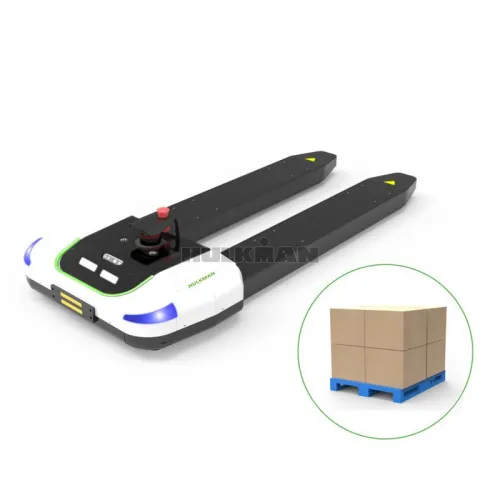HULKMAN, a leading provider of material handling solutions, has once again received an order from an old client in Sri Lanka. The client, a paper cup manufacturing company, has opted for HULKMAN's paper roll clamp forklift to facilitate the movement of raw paper roll materials within their facility.

This particular forklift, equipped with an original Japanese ISUZU engine, stands out not only for its exceptional stability but also for the added advantage of enjoying comprehensive global warranty services provided by ISUZU. The reliability and performance of the ISUZU engine ensure smooth operations and long-term durability for the forklift, meeting the stringent demands of industrial applications.
Responding to the specific requirements of the client's paper cup factory, HULKMAN has customized the forklift by outfitting it with a heavy-duty paper roll clamp attachment. This attachment features adjustable short arms, allowing the forklift to handle paper rolls ranging from 250mm to 1520mm in diameter. With this capability, the forklift becomes an indispensable asset for efficiently transporting various sizes of paper rolls within the client's facility.

The decision of the old Sri Lankan client to reorder from HULKMAN underscores their satisfaction with the performance and reliability of the company's products. It also reflects the strong relationship and trust established between the client and HULKMAN over time.
In addition to meeting the immediate needs of the client, this transaction further strengthens HULKMAN's position as a preferred provider of material handling solutions in the region. By consistently delivering high-quality products tailored to the specific requirements of their customers, HULKMAN continues to solidify its reputation as an industry leader.

As HULKMAN remains committed to innovation and customer satisfaction, it is poised to meet the evolving needs of its clients worldwide. With a focus on reliability, performance, and customization, HULKMAN stands ready to support businesses in optimizing their material handling processes and achieving greater efficiency and productivity.
If you also need quality forklift, here we warmly welcome your inquiry at any time:
JINAN HULK MACHINERY CO., LTD
Website: www.agv-forklift.com www.hulkfork.com
Mobile Phone/WeChat/WhatsApp: +86 150 9870 9389
Email: Miya@hulkfork.com Miya888269@hotmail.com
Skype: miya888269
If you would like more information about this product, please feel free to contact us. Recommend other popular products for you: agv forklift factory, agv forklifts factory







